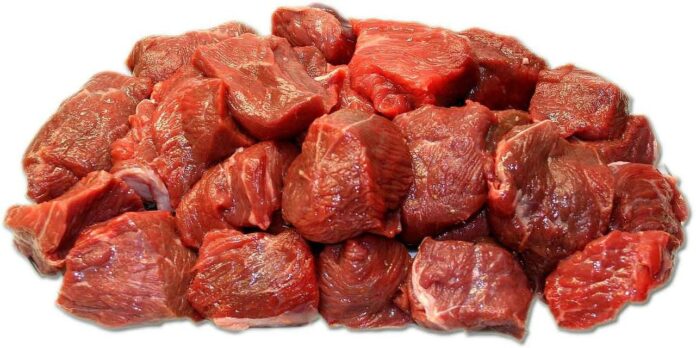The Dangers of Raw Meat-Based Diets for Pets and Their Owners
In recent years, raw meat-based diets for pets have surged in popularity, readily available in pet supply stores across the nation. While many pet owners may be drawn to the perceived benefits of these diets, it’s crucial to understand the serious health risks they pose—not just to pets, but also to humans who interact with them.
Understanding the Risks of Raw Meat Diets
Research has shown that both commercial raw pet foods and raw meats intended for human consumption often harbor dangerous bacteria. Notably, many of these bacteria are antibiotic-resistant, posing a significant risk to human health. Despite documented outbreaks and health warnings, a considerable number of pet owners remain unaware of the potential dangers associated with feeding raw diets or treats, such as:
- Pig ears
- Bully sticks
- Freeze-dried meat treats (e.g., freeze-dried liver treats)
Real-World Consequences
There have been alarming incidents that highlight the human health risks connected to raw pet products:
- In 2019, an outbreak of Salmonella tied to pig ear dog treats affected over 150 people in the United States.
- Four cases of E.coli O157:H7 infection, which led to one fatality, were reported in 2017.
- In the UK, several pet owners and a veterinarian contracted a strain of tuberculosis from cats fed a commercial raw diet in 2019.
These examples are indicative of a larger issue that continues to be overlooked by many pet owners, despite the availability of numerous scientific publications emphasizing safety concerns.
Survey Insights on Pet Owner Awareness
A recent research study evaluated the food safety knowledge and practices of 174 pet owners who feed their pets raw diets. The findings were alarming:
- 95% of pet owners were “very confident” in the safety of their food handling.
- 89% did not perceive a risk of foodborne illness to themselves or their families.
- 84% were confident in their cleaning and sanitizing practices.
However, a significant number of respondents reported not employing safe food handling practices, such as:
- Thawing raw meat in the refrigerator
- Using separate utensils and food preparation areas for pet food
- Rinsing raw meat in the sink
The Internet’s Influence on Misinformation
Most pet owners (87%) cited the internet as their primary source of information about raw diets; conversely, only 8% consulted veterinarians for food safety guidance. Alarmingly, just 12% were aware that Campylobacter is a common contaminant of raw meats, while only 36% understood that foodborne illnesses can be fatal.
The Importance of Food Safety Practices
While some pet owners may underestimate the risks associated with raw diets, it’s essential to prioritize food safety when feeding these diets—whether homemade or commercial. Veterinary professionals and Board Certified Veterinary Nutritionists® overwhelmingly advise against raw diets due to their health threats.
Conclusion: Making Informed Decisions
If you choose to feed your pet raw foods or treats, it is imperative to follow stringent food safety procedures and seek information from trusted sources. The health of both your pet and your family may depend on it.
Stay informed, stay safe, and ensure that your pet’s diet prioritizes health and wellness over trends.











